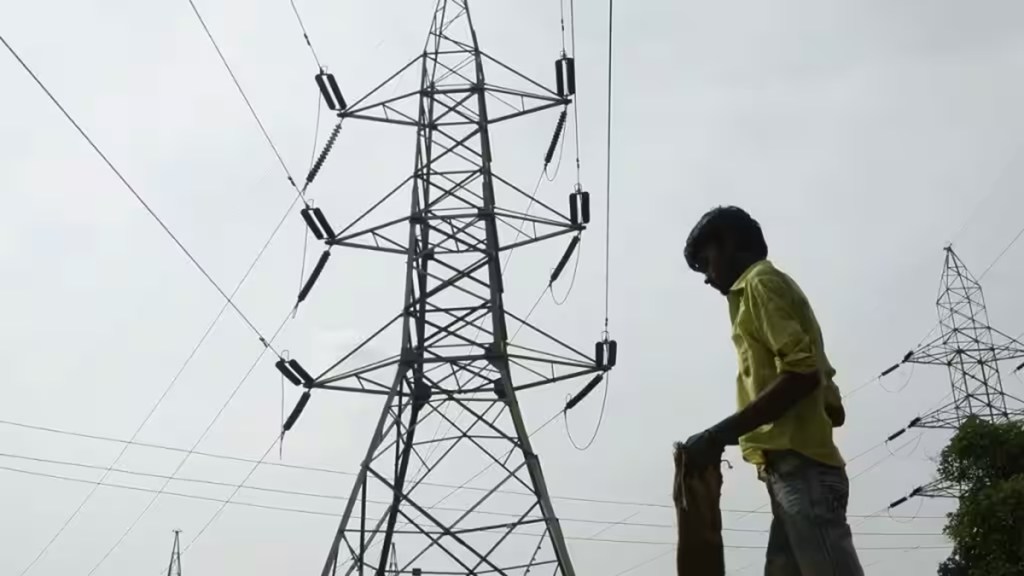The government’s plan to extend the capital support scheme for electricity distribution utilities’ (discoms) network investments by five years from the current deadline of FY26 is sensible. The ongoing Rs 3-trillion revamped distribution sector scheme FY22-FY26 (RDSS) involves lending by PFC-REC under irrevocable state government guarantees, and the Centre’s gross budgetary support of `97,631 crore, all expected to crowd in more funds, including by equipment manufacturers. The extension could mean a doubling of the funding support in real terms. According to official data, PFC-REC has so far released loans of over Rs 1.12 trillion under the scheme, with smart-metering and other steps to slash technical losses, training and capacity-building being the most capital-intensive elements of the massive plan for systems upgrade.
Scepticism about the efforts to salvage the loss-making/debt-ridden state-run discoms stems from the mediocre outcomes of the several historical schemes (there have been three in the last two decades alone namely Financial Restructuring Plan-2012, UDAY-2016 and the RDSS). The closure of the earlier schemes led to quick relapses of the discoms‘ operational and financial inefficiencies, undermining their efficacy. However, the RDSS that is currently under way is moving in the right direction. If it is yet to show much results on the ground in terms of infrastructure creation, it is only because project awards and execution are still to gather pace. With tendering of over 200 million prepaid smart consumer meters, several millions of smart-DT and tens of thousands of feeder meters, the domestic manufacturing ecosystem for these machines is fast developing.
What makes RDSS different is that, unlike during the previous schemes, a higher amount of payment discipline has been enforced among state governments and the discoms. The pre-qualification norms for the RDSS funds are strictly being adhered to, leaving little room for the recipients to go wayward again. Also, “transitional financing” under the RDSS is not simply refinancing of debt, but involves substantial fresh capex deployment. To be sure, the scheme is not in isolation, but has the support of a robust policy ecosystem. Extra borrowing over the customary fiscal deficit limit of 0.5% G-SDP have been available to states since FY22 subject to the rider of power-sector reforms, including cost-reflective tariffs. This and Letter of Credit for payment security under power purchase agreements are among the supportive policies being run concurrently with RDSS. At the root of the payment problem was the failure of state governments—in fact, a few of them—to pay the subsidies meant for consumer segments like farmers and households on time. With the threat of severance from the grid looming under a Central diktat, such fecklessness is on the wane.
Reducing the cross-subsidy burden on the industry is a vital element of India’s striving to become a low-cost economy, but while this process will require to be calibrated, one-time, responsible public investments would help address the financial woes of the electricity sector to a large extent, via technical means. Achieving the RDSS goals of bringing the discoms’ aggregate technical & commercial down to 12%, and eliminating the average gap between cost of supply and revenue realised, would help the distribution utilities stand on their feet. Healthier discoms and robust payment streams would catalyse the much-needed investment cycle in the power sector. Government spending on the required supportive infrastructure with strict vigil on the use of the funds is an efficient way of using public resources.

